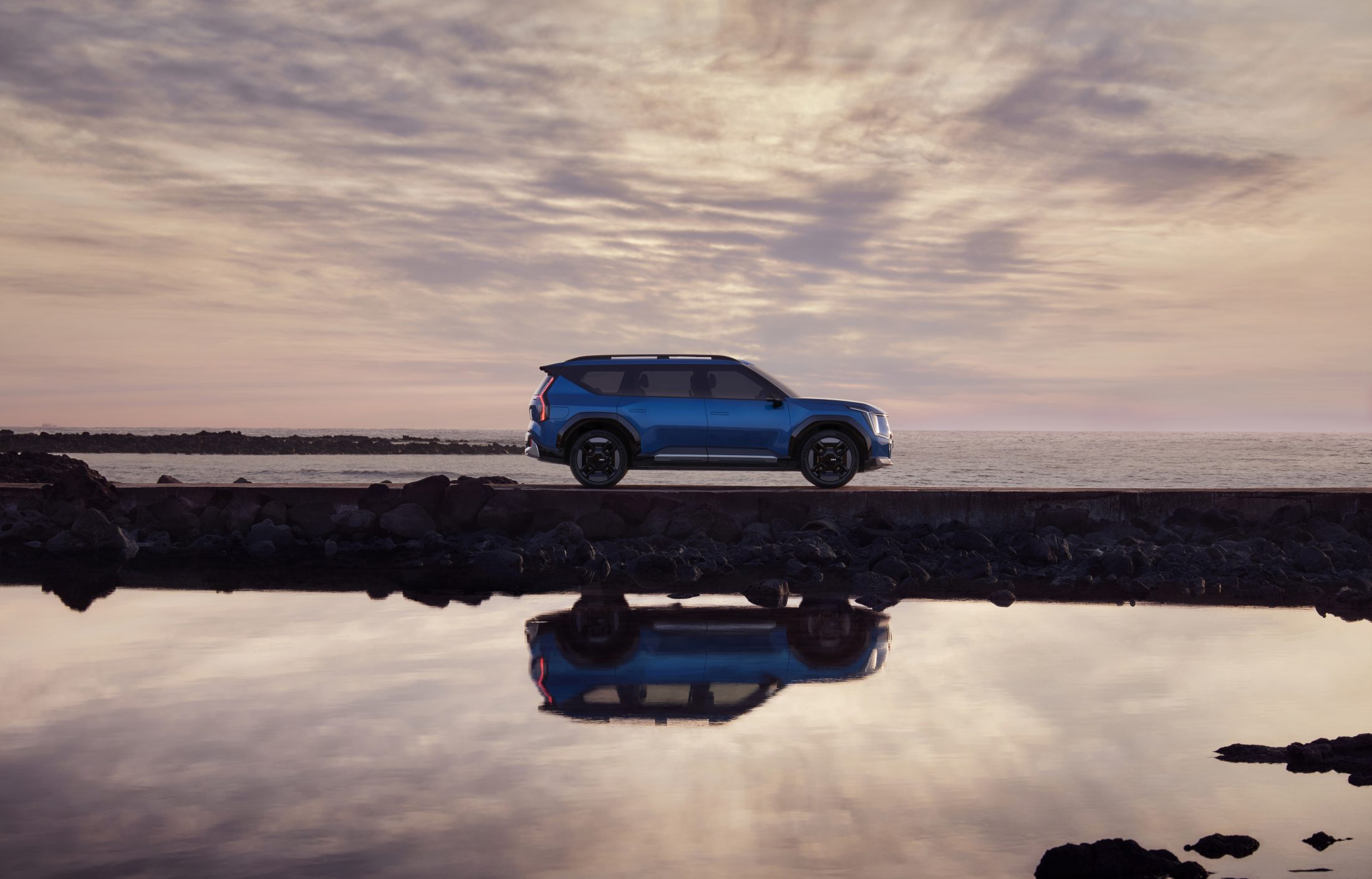HOW TO GET A GRIP ON THE ICY WEATHER
HOW TO GET A GRIP ON THE ICY WEATHER HITTING THE UK THIS WEEK
- Top tips for winter-proofing your car from Todds of Campsie
As icy weather hits the UK, it can have a detrimental impact on road conditions. We want to help keep motorists safe this winter so we compiled a set of tips in order to help navigate the icy commutes this winter, as well as top tips for winter-proofing your car, especially whilst busy roads like the Glenshane Pass is at its most dangerous.
As the weather changes, it is especially important for drivers to consider the conditions they are driving in. It is important that journeys are the safest they can be for not only for drivers themselves, but also for everyone else on the road. If your journey is necessary, there are several things you can take into consideration to ensure they are safe this winter.
Our Top 10 Tips for Winter Driving
- Clear the snow – before starting your journey make sure that the roof and bonnet of your car are clear of snow and that all windows are free of snow and ice – this ensures that you can see correctly and don’t endanger other road users with snow flying off the roof. Remember that it is a legal requirement to clear the snow from your car.

- All of the Lights – before you start, check all lights are in working order to help with visibility and alert other road users of your movements. Indicators should be used earlier than usual to allow drivers to plan road moves. Drivers also need to ensure that they drive with appropriate lighting, i.e. dipped headlights in snow and using fog lights if necessary.
- Stay Alert – do not drive if you are feeling tired or unwell and keep watch for potential hazards.
- Pedal Control – accelerating and braking should be as smooth as possible to avoid skidding or locking of brakes. Ensure you’re driving at a safe, slow speed and planning your road moves ahead to stay safe. Braking distances are multiplied by ten for icy conditions, so if you are travelling at 30mph you should leave a gap of 230 metres rather than the usual 23.

- Gear Changes – you may need to drive slowly in a higher gear to give more power to the engine and prevent the car from stalling or skidding. This will also improve grip when pulling off in icy conditions.
- Hidden Danger – black ice is extremely difficult to identify. When driving in wintery conditions be cautious of glossy, wet patches on the road and don’t hit the brakes as this can cause skidding. If you do skid, drivers should steer into the skid direction to counteract the action and set the car straight.

- Uphill Struggle – when driving uphill, do so slowly and with plenty of room in front so you can drive at a steady speed and avoid having to stop. Apply extra acceleration as you pull off to give you the power you need and reduce acceleration as you come back downhill.
- Winding Roads – if driving on winding roads, brake before you start to turn to avoid a skid into the bend. If you do start to slide, avoid braking and ease off the accelerator to slow down instead.

- Tyre Grip – make sure your tyres are in good condition and ensure pressures are correct. The minimum tyre tread depth is 1.6mm (but in extreme conditions 4mm is considered more suitable).
- Pack the Boot – your car needs to be packed with the following winter essentials before you set off on your journey. Taking these with you should help you to rescue your car in dangerous conditions:
- Torch
- Extra screenwash
- De-icer for windscreens
- Ice scraper
- Warm drink or water
- Phone charger
- Warm clothing and footwear – if you get stuck, a car can get very cold.
It’s important to stay safe in this weather. Following the above tips, as well as taking extra time and care with a journey, is the best way to prepare for winter conditions.
Visit us for more information on winter proofing products such as executive winter kits, warning triangles and snow chains.




